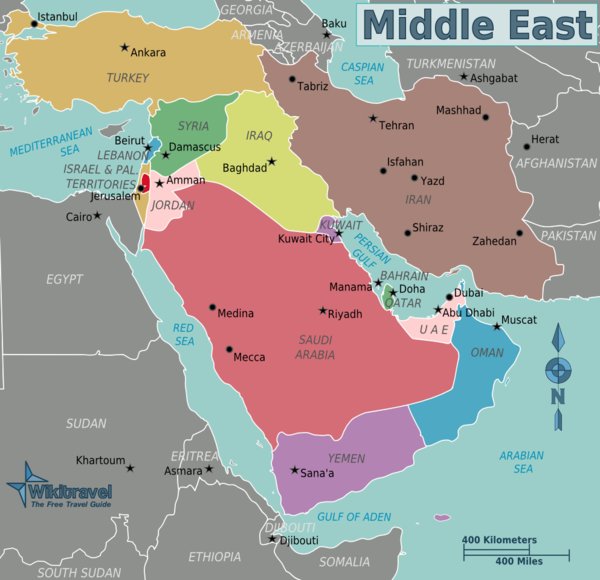Along the soft underbelly of the Middle East

Over the past two centuries, the Middle East has been at the center of tensions thought to have been primarily ignited and fuelled by international actors.
Those who see the hands of superpowers behind the scene cite the 1916 Sykes-Picot Agreement brokered by the superpowers of the day, Britain and France, with buy-in from Russia, the 1938-1939 disagreement between Syria and Turkey over Hatay province and the role of France, and the Balfour Declaration of 1917 by England in support of creating a Jewish homeland, just to name few.
External meddling per se could hardly have let to immense implications, however, had it not been for tailwinds from demographic and geographical distinctions as well as from differing ideological sentiments intrinsic to the region’s intricate fabric.
Therefore, the way to approach the Middle East’s past and present is from a bottom-up perspective. Based on such approach, current ongoing conflicts can be set within a broader historical context and linked to - in addition to external meddling - three major contributory factors.
These are territorial disputes, religious and sectarian differences, and ideological clashes.
The categorization is by no means exhaustive considering a convoluted, dynamic web of issues the region has been wrestling with.
Territorial disputes
Differences over territorial disputes in the Middle East have long been a bone of contention. Disagreement over border delimitations usually appears in the form of one country claiming ownership over the entirety or part of a region beyond its borders. Examples are Turkey’s claims over Iraq’s Mosul and Kirkuk, or Israel’s occupation of the Palestinian territory.
The deadliest of such conflicts occurred in 1980 when Iraq waged a war against Iran after Saddam Hussein unilaterally called off the 1975 Algiers Agreement over border disputes with Iran.
Lasting for eight years, the war was the second longest of the 20th century, leaving hundreds of thousands killed.
Also, struggles over joint gas and oil fields, and relevant activities can be categorized under territorial disputes. Examples are tensions between Egypt and Sudan, Saudi Arabia and Yemen, Iraq and Kuwait.
Religious and sectarian differences
Religious and sectarian divisions have for long foiled efforts to unify countries in the Middle East. And national and transnational nature of the subject further complicates the situation.
In Iraq, Saudi Arabia, Bahrain, and Lebanon, fears of growing religious and sectarian tensions between Sunni and Shiites Muslims have been on the rise.
The governments’ harsh crackdown on calls for change for the better has dented hopes for a way out of the challenges any soon.
Ideological clashes
The Middle East region has been the scene of ideological struggles for decades that have further fueled division both within and across regional nations.
Our contemporary era has particularly witnessed the growth of secularism, Nasserism, modernism, Kamalism, pan-Kurdism, pan-Turkism, pan-Arabism, Wahhabism, nationalism, etc.
Ideology as the root cause of regional divergence is evident in frosty between Iran and Egypt, Turkey and Syria, Saudi Arabia and Iran, etc.
All above-cited components, coupled with many other ones, have catapulted the Middle East to a new, violent phase of its existence, which has already got out of control.
Bearing in mind the current situation in the Middle East, vital to a peaceful future are openness to religious plurality, pursuing more democratic approaches to deal with national and transnational challenges, sticking to a win-win framework as an optimal method to hammer out disagreements, rejecting extremism in any form and at any level, and stopping pinning hope on foreign powers to resolve problems.
Leave a Comment